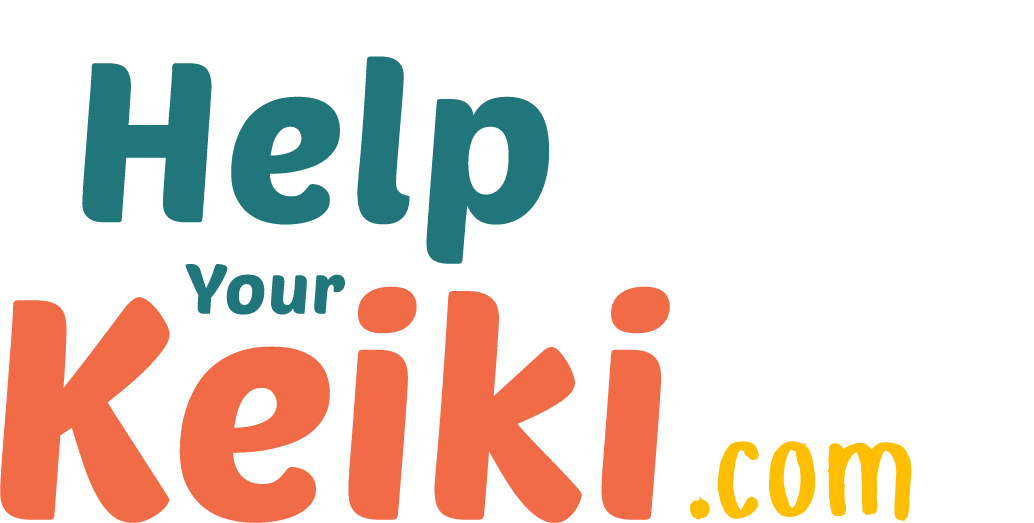CBT with Medication
This evidence-based approach is made up of several treatment components, and has demonstrated the BEST support for youth difficulties with anxiety and depression. This approach differs from “Cognitive Behavioral Therapy (CBT)” in one major way: in addition to receiving CBT, a youth is prescribed psychiatric medication for their symptoms of anxiety or depression.
Please see Cognitive Behavior Therapy for a more thorough description of that treatment approach.
What should my child’s therapist be doing?
Both your child’s therapist (providing CBT) and your prescribing psychiatrist (or general physician) should work together to provide a clear concerted treatment approach. That is:
Therapist should know what the psychiatrist is doing and why
Psychiatrist should know what the therapist is doing and why
Therapist and psychiatrist should speak to one another every once in a while when there are changes in treatment direction (improvement, decline, etc.) based on reported effects from youth, family, others (teachers, etc.)
What should I be doing?
Making it clear from the beginning that you expect everyone to work together as a team and actively communicate with one another.
Have a clear understanding on your child’s medication(s) and what they do, etc. All of this information should be explained to you and your child.
Signing necessary consent forms so that the therapist and psychiatrist can discuss your child’s treatment.
Informing the therapist and psychiatrist right away of any side effects your child is experiencing and whether any doses of the medication are missed.
If youth is hesitant/resistant to the medication regime, communicate with team members to discuss and resolve (team members include family and youth to the extent possible)
How will I know if it is working?
The delivery of CBT and medication should feel clearly connected and coordinated
Your child’s symptoms will improve as evidenced by your observations and interaction with your child and by your child’s self-reports.





















